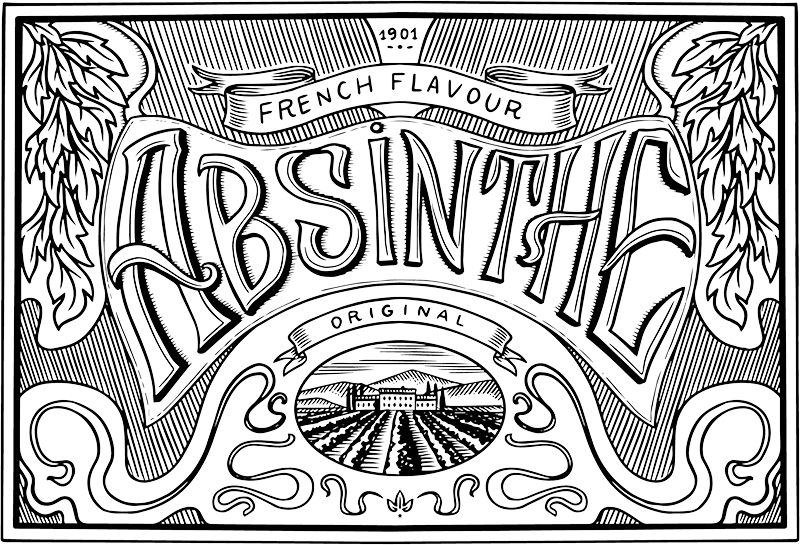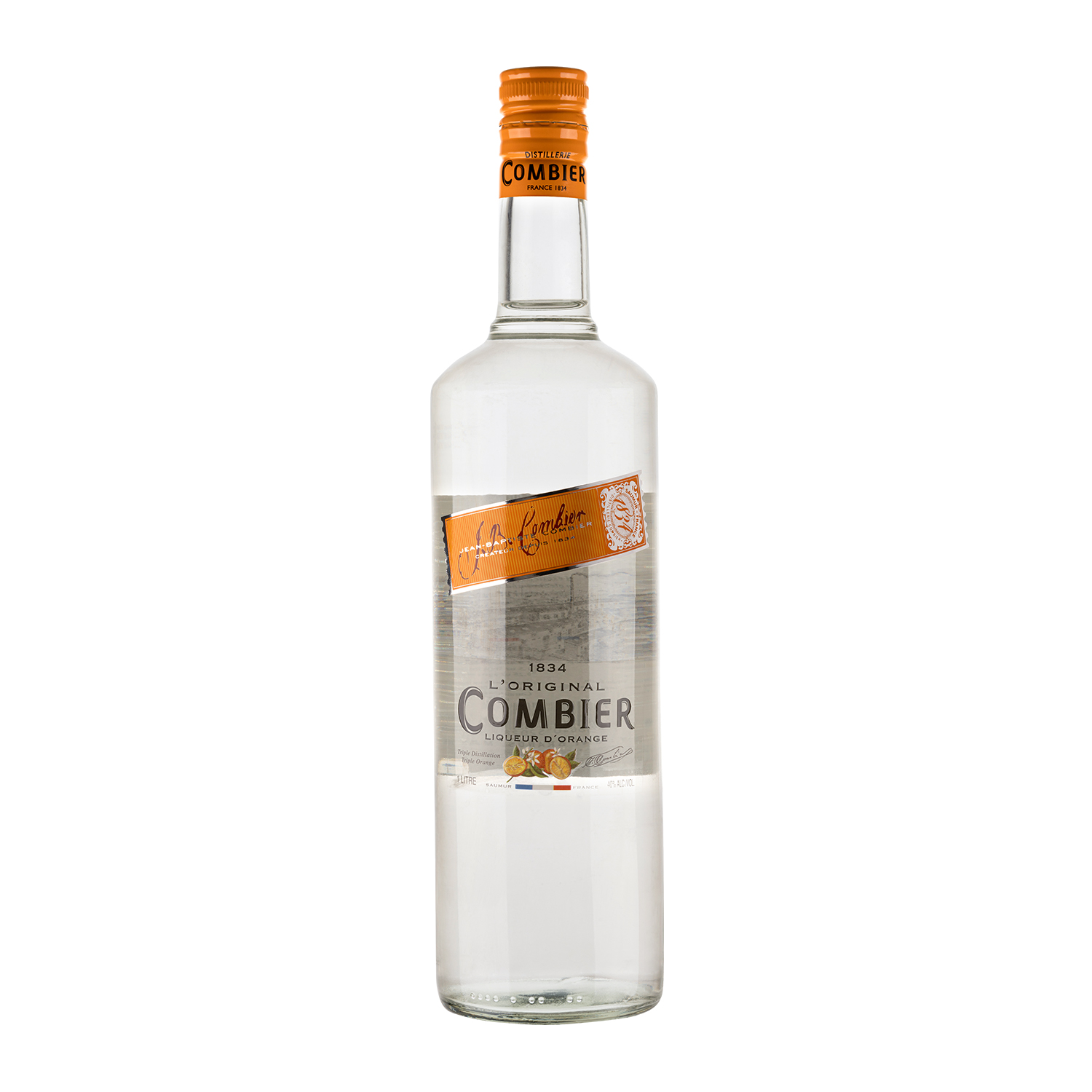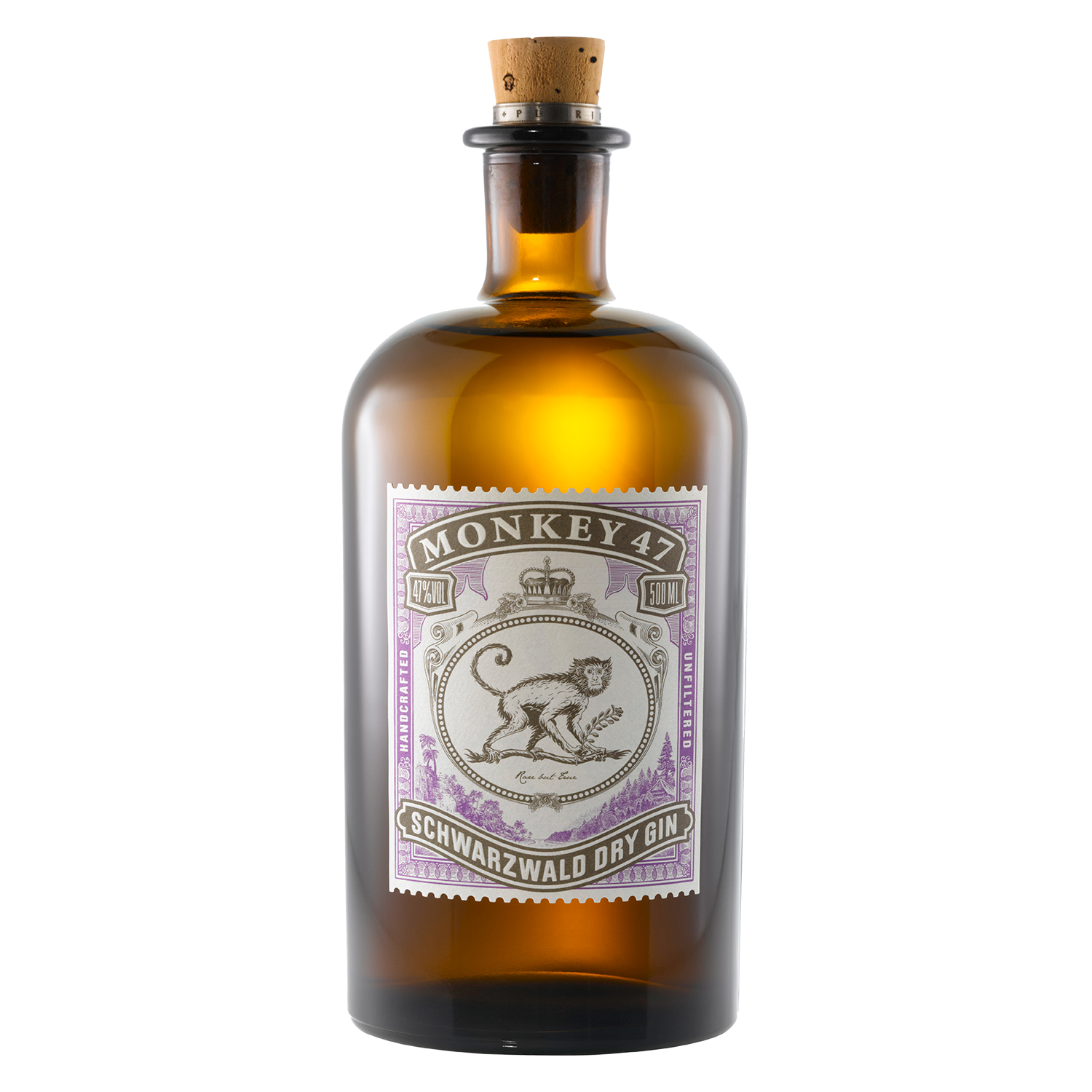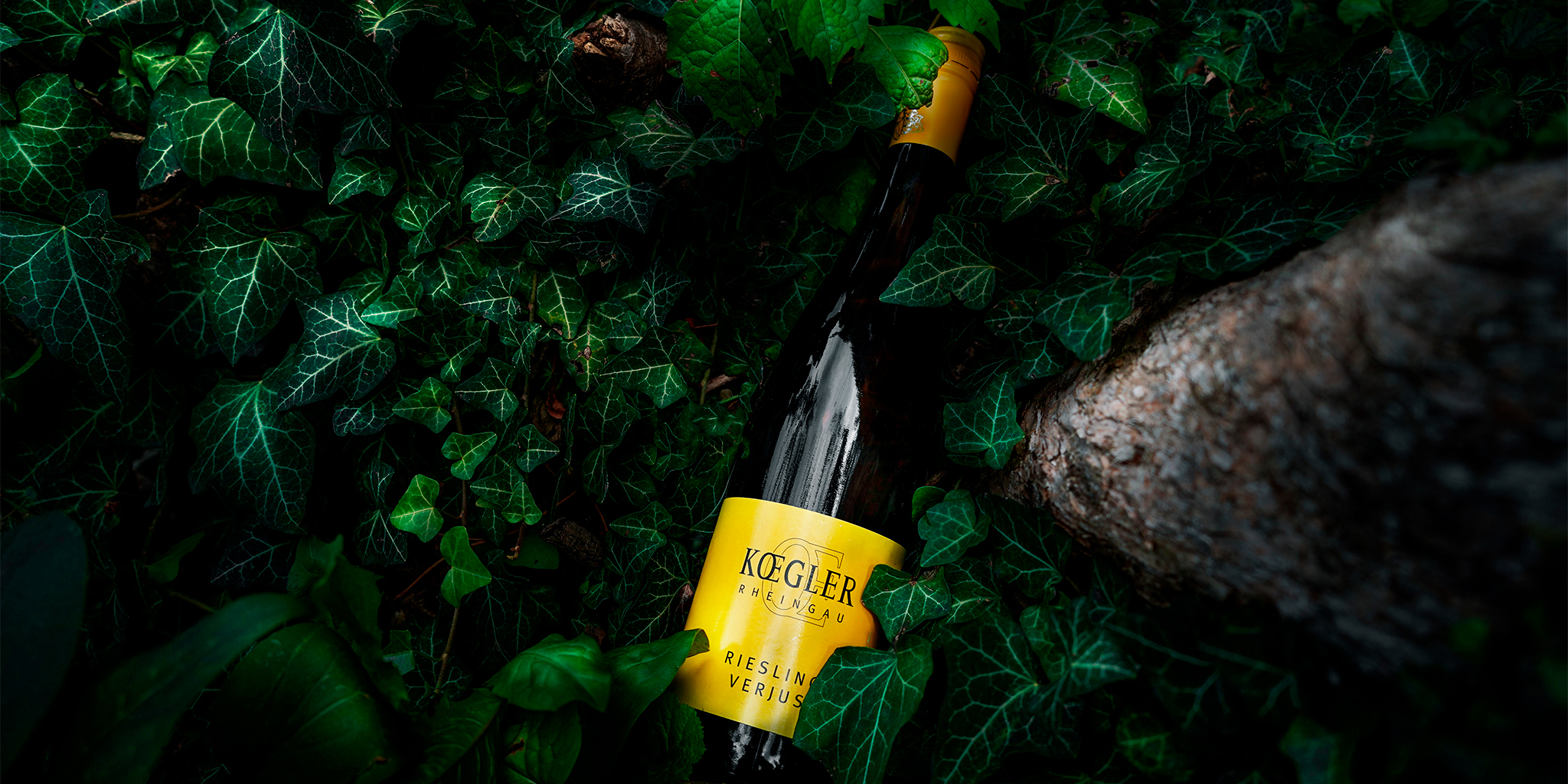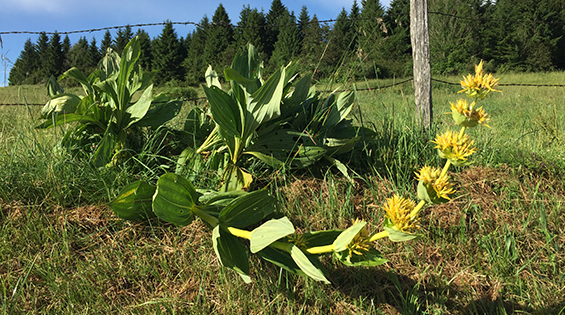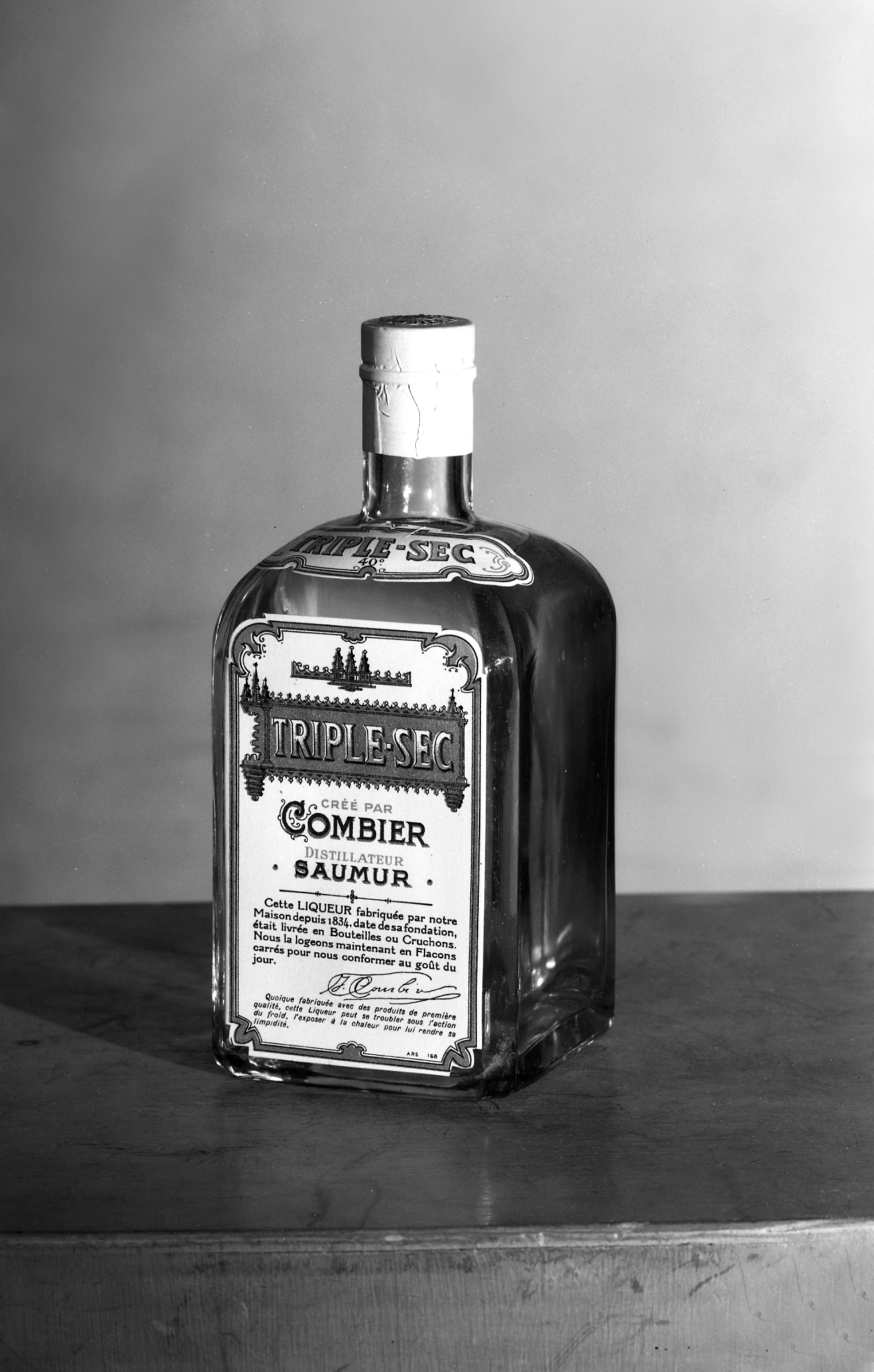The art of creating cocktails

Probably the greatest art and challenge when creating new cocktail recipes is to find the perfect combination of different flavors that stimulate all taste buds. Good drinks are no different than good food. You don't want to have a uniform taste in your mouth, you expect a taste explosion! In order to achieve this, haute cuisine is often about skillfully bringing together and combining different flavors in order to be able to present a completely new taste experience.
When developing new cocktails, modern star cuisine should be taken as an example, because here, too, the aim is to play with new flavor combinations and ultimately to surprise.
When developing a new drink, care should be taken to always stimulate different senses of taste. Proven combinations of "sweet and sour" or "sweet and salty" don't just work in the kitchen. The salt rim of a margarita glass, for example, allows the cocktail to develop its full aroma and makes it a multi-layered, complex and well-rounded drink.
However, everything must not be mixed together indiscriminately, which is why we would like to report a small overview of the successful creation of cocktails this week.
A skillful cocktail creation consists of different components that complement and enhance each other to obtain the perfect drink. To put it simply, 4 ingredients, well combined, make a perfect drink.
We start with the base. This cornerstone of the cocktail is the spirit that is supposed to reflect the basic character of the drink and is therefore also the focus. Popular spirits are the so-called basic spirits, which should be available in every bar. A well-stocked house bar is also characterized by the existing basic spirits, such as vodka, gin, tequila, rum, cachaça, whiskey and brandy.
Of course, it doesn't have to be a selection of all these spirits for your own living room, it's enough to be able to present one or two representatives of your own favorite distillates develop great new recipes.
As a second component of a good drink, a flavoring agent, also called a modifier, must be found. This ingredient determines and rounds off the aroma of the drink. Care should be taken to ensure that this component picks up on and supports the character of the basic spirit. Typical examples would be grenadine or lemon juice. A wide variety of citrus juices, syrups, fruit brandies, liqueurs or vermouth distillates work as flavoring agents.
In order to find the perfect modifier for your own drink, you should first deal with the flavor components of the base spirit in order to obtain a suitable selection of complementary flavors. A wide variety of aroma combinations can then be tasted and tried out until the desired result is achieved. It is important to always taste different combinations of quantities in order to achieve a balanced balance of aromas.
The third component is not a mandatory ingredient in the drink and is only used for colouring. Bitters are primarily used here to influence the color of the drink. It is also possible to integrate syrups or liqueurs into the recipe. Care should be taken not to use too much of this ingredient as it is all about coloring and not adding any dominant flavors to the recipe.
The last but not unimportant ingredient in a drink is the filler. A filler is used to reduce the alcohol content and add subtle flavor nuances to the drink without changing the basic charter. Classic fillers are non-alcoholic carbonated drinks such as soda, tonics, lemonade, bitter lemon or ginger ale. Fruit juices or nectars are also popular, as well as light spirits such as wine, prosecco, sparkling wine or champagne.
Basics:
Basically, there are two different types of drinks that you have to decide between and which influence which ingredients and how much of each component should be used.
A distinction is made between short drinks and long drinks. Short drinks are usually stronger and have distilled spirits such as fruit brandies, whiskeys, rums or vodka as the basic spirits.
Long drinks have a larger volume than a short drink and are served in a tall glass. The higher capacity is usually achieved by the filler, which is why long drinks are less alcoholic than short drinks.
When creating your own drink, personal preferences should play a role and everyone should decide for themselves whether they prefer a short or long drink.
If you want to start making your own Creating cocktail recipes is best started with a basic recipe of a favorite drink. Even small modifications can result in a completely new drink and surprise you.
Starting with two basic products, these can be tasted in a wide variety of mixing ratios until the perfect balance is found. Once the perfect base has been found, further flavors can be gradually added. The amount of the ingredients should be varied again and again in order to be able to better assess the effect of the individual components and, accordingly, to be able to use them.
Last but not least, you should think about the decoration and thus the presentation of the drink. As in fine dining, the eye eats with it and a beautifully presented drink convinces even before the first sip.
Of course you can overdo it here too. Extravagant decorations that are more like experimental cuisine than a cocktail bar and that take hours to prepare should be avoided. An honest, simple garnish, which picks up on the aromas and aspects of the drink, usually leaves more of an impression with its simple elegance than an overloaded glass that you can no longer drink from.
We hope that these little tips and advice have sparked your inspiration and creativity. Now nothing stands in the way of your own cocktail for the next party with friends!
When developing a new drink, care should always be taken to appeal to different taste buds. This isn't always an easy task, so here are some tips for finding the perfect recipe.
March 9, 2016
Lion Spirits GmbH
Cocktail recipes tipps, cocktail, cocktailrezepte
Cocktail recipes tipps, cocktail, cocktailrezepte


